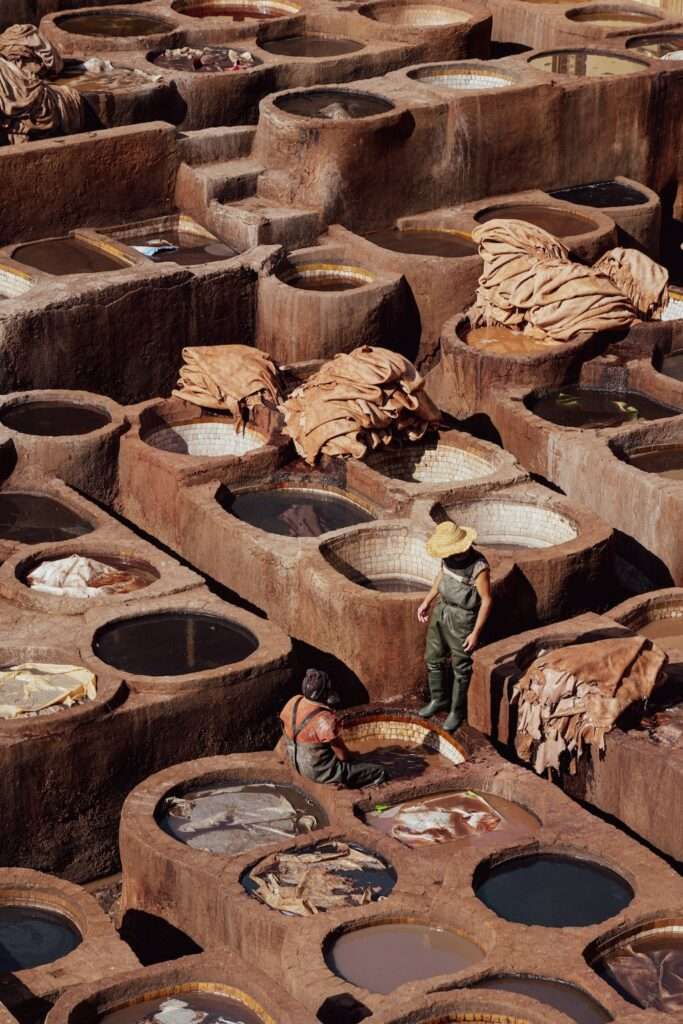A recent analysis from Vantage Market Research finds the global textile recycling market is on the verge of significant growth, expected to surge to nearly $10 billion by 2030.
With a $6.5 billion value in 2022, the textile recycling market is projected to see a 6.2 percent spike from through 2030, culminating in an estimated value of $9.9 billion, according to the report published last year.
The focus on recycling textiles is not just about waste reduction; it’s about fostering a circular economy, where resources are reused and repurposed rather than discarded. Governments, businesses, and consumers alike are rallying behind this initiative, driven by an increasing awareness of the environmental impact of textile waste. This movement is spurred on by a growing demand for recycled textiles and stringent regulations that encourage sustainable practices in the fashion and textile industries.
Several factors are shaping the dynamics of the textile recycling market (TRM). Foremost among them is the heightened environmental consciousness among consumers, alongside stringent waste management regulations. The fashion and textile industries, traditionally known for their high environmental footprint, are now adopting sustainable practices, further amplifying the demand for textile recycling solutions. Moreover, technological advancements in recycling processes and the long-term cost savings associated with sustainable practices are propelling the market forward.

Leading the global TRM are companies such as Worn Again Technologies from the U.K., Lenzing Group in Austria, Birla Cellulose and BLS Ecotech in India, Ecotex Group and The Boer Group in Germany, Unifi Inc. and Textile Recycling International in the U.S., Hyosung Group in South Korea, Martex Fiber in the U.S., and Re NewCell in Sweden.
Current trends in the market include a surge in advanced recycling technologies like chemical and mechanical processes, a growing interest in the circular fashion economy, and strategic collaborations and partnerships aimed at enhancing recycling infrastructure. Additionally, there is a rising tide of consumer awareness initiatives, encouraging the use of recycled textiles.
The market is segmented by material into categories such as cotton, polyester, wool, polyamide, and other materials. By source, it includes apparel waste, home furnishing waste, automotive waste, and other sources, and by process, it’s divided into mechanical and chemical methods.
Despite its promising outlook, the textile recycling market is not without its challenges; the complexity and cost of sorting and processing mixed-fiber textiles, inadequate infrastructure for collection and recycling, particularly in developing countries, and the need for greater consumer awareness and willingness to pay a premium for recycled clothing pose significant hurdles. Moreover, government policies and incentives are crucial in driving the large-scale adoption of textile recycling practices.

Nevertheless, the opportunities within the textile recycling market are vast. Technological advancements are making recycling processes more efficient and scalable. Collaboration between stakeholders can lead to more robust collection and recycling infrastructure. Furthermore, promoting consumer education and incentivizing sustainable practices through policy interventions can significantly shift the industry towards a circular textile economy.
The Asia Pacific region, with its growing middle class and heightened environmental awareness, is poised for rapid growth in textile recycling. Major apparel industry players like China, India, and Bangladesh are increasing their focus on domestic recycling initiatives. However, challenges such as inadequate infrastructure and lenient regulations remain. To unlock the full potential of the region in textile recycling, the report says significant government investment in waste management systems and stricter environmental regulations are necessary.
Related on Ethos:


